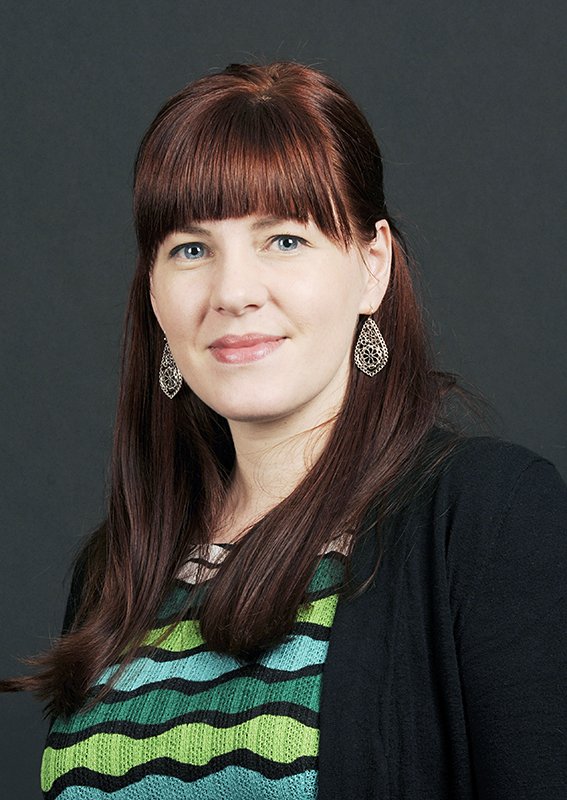The foundation of genetics is still planted in Gregor Johann Mendel’s 19th-century experiments with peas. Through those experiments, our fundamental rules of genetic heredity were established.
But one researcher at the University of Arkansas for Medical Sciences is contributing to work that may challenge some of the long-held rules of heredity.
Alison Harrill, assistant professor at the UAMS Fay W. Boozman College of Public Health, has contributed data to a study that focuses on the genes that ignore the usual laws of heredity.
The core of the study is being led by John Didion at the University of North Carolina in Chapel Hill.
“Selfish genetic elements have been known to cheat the process in order to be packaged into gametes more frequently than 50 percent of the time,” Harrill says. “This allows the gene to short-circuit natural selection.”
“Selfish” transmission of certain genes can affect fertility, Harrill says. It may also contribute to genetic disorders, such as Down Syndrome — which occurs when someone inherits two copies of chromosome 21 — being passed on to offspring.
A chromosome is a package of DNA found in the nucleus of the cell. Humans have 23 pairs of chromosomes — 22 pairs of autosomes and one pair of sex chromosomes often referred to as XX or XY.
Harrill, a Baltimore native, says the transmission of genes from parents to offspring is established during meiosis, which involves the creation of egg and sperm cells. She says Mendel’s law states that an egg or sperm, known as gametes, would have an equally likely chance of having a given version of a gene, but sometimes that law is broken, with certain versions being inherited more frequently than expected. The phenomenon is called transmission ratio distortion.
Harrill, who received her Ph.D. in toxicology at UNC, says her lab at UAMS was used to collect data on mice. The mice Harrill used were of the same population as UNC’s mice, which made them suitable to provide data to the UNC team.
But these aren’t regular mice.
“My lab contributed genetic sequence data from over 250 mice from a very special mouse population called Diversity Outbred mice,” Harrill says. “Because the mice are very genetically diverse and also derived from crossing eight different founder strains, it is possible to determine how often offspring inherit genetic material from one of the founders.”
The scientific term for the selfish genetic elements is “meiotic drivers,” Harrill says. The meiotic drivers are responsible for the “responder to drive on chromosome two,” or R2D2.
“The number of offspring [litter size] for mice having different numbers of copies of R2D2 was examined in a related mouse population called the Collaborative Cross,” Harrill says. “It was found that mice with fewer copies of R2D2 had more offspring and mice with more copies had fewer offspring.”
Gender has played a role in R2D2’s detectability, Harrill says.
“While transmission ratio distortion is readily detectable in males, it can go unnoticed in females for a variety of reasons,” Harrill says. “Very few drivers of this process have been identified. Our paper provides compelling evidence that a massive expansion in the number of copies of a gene is a driver for selfish-gene transfer in female mice.”
Even though Harrill’s part of the research is finished, she says she sees it opening doors to new treatments for humans down the road, including predicting chromosomal disorders or treating infertility.
“Down the road, these findings may offer insights into reproductive therapies and a greater understanding of human health as it relates to genes.”
Harrill’s primary area of study at UAMS is on how the gene difference between individuals influences their response toward drugs in hopes of finding out a person’s reaction before a drug is administered instead of administering the drug first.
Contact Joseph via email (joseph@syncweekly.com)
